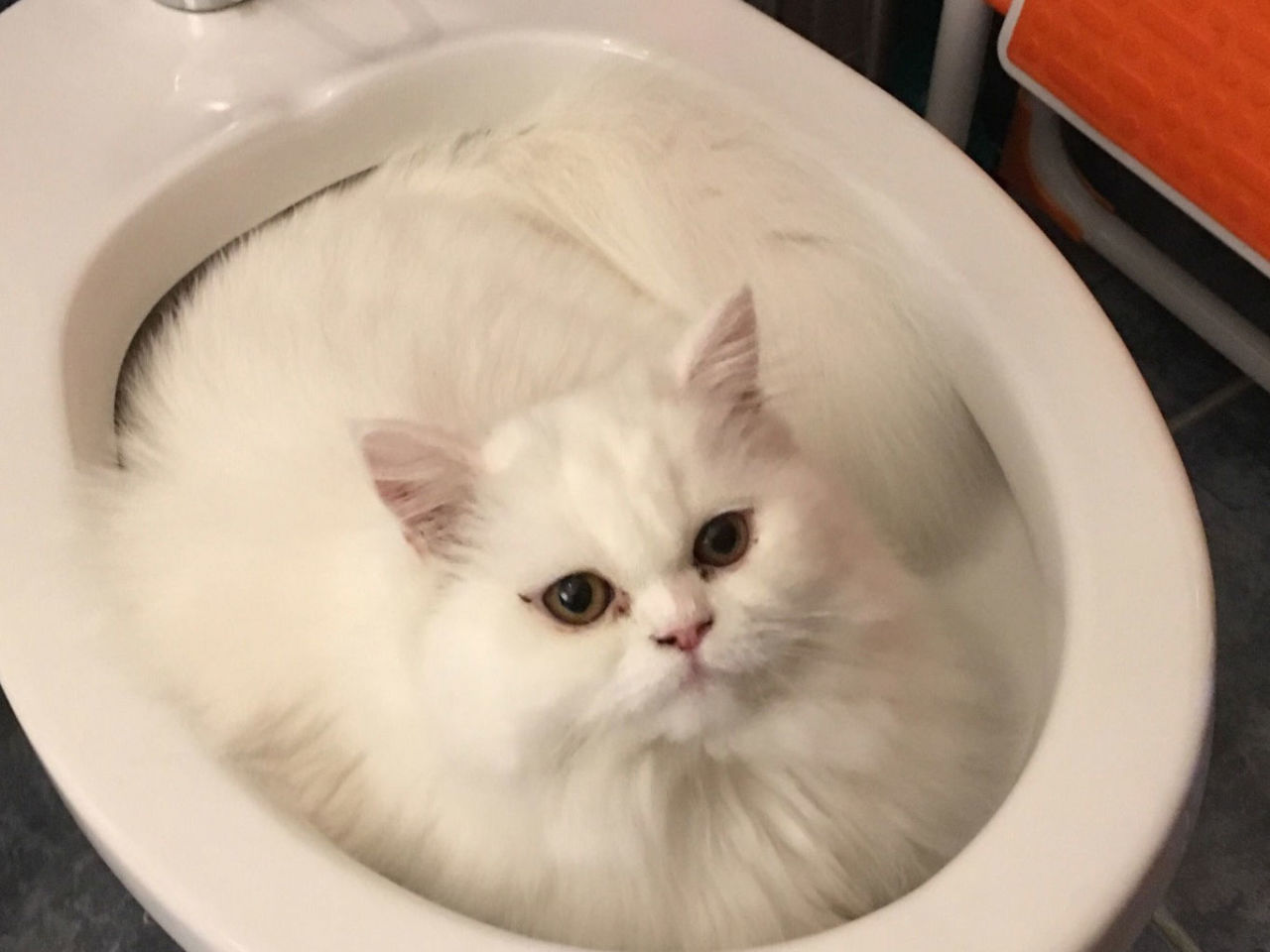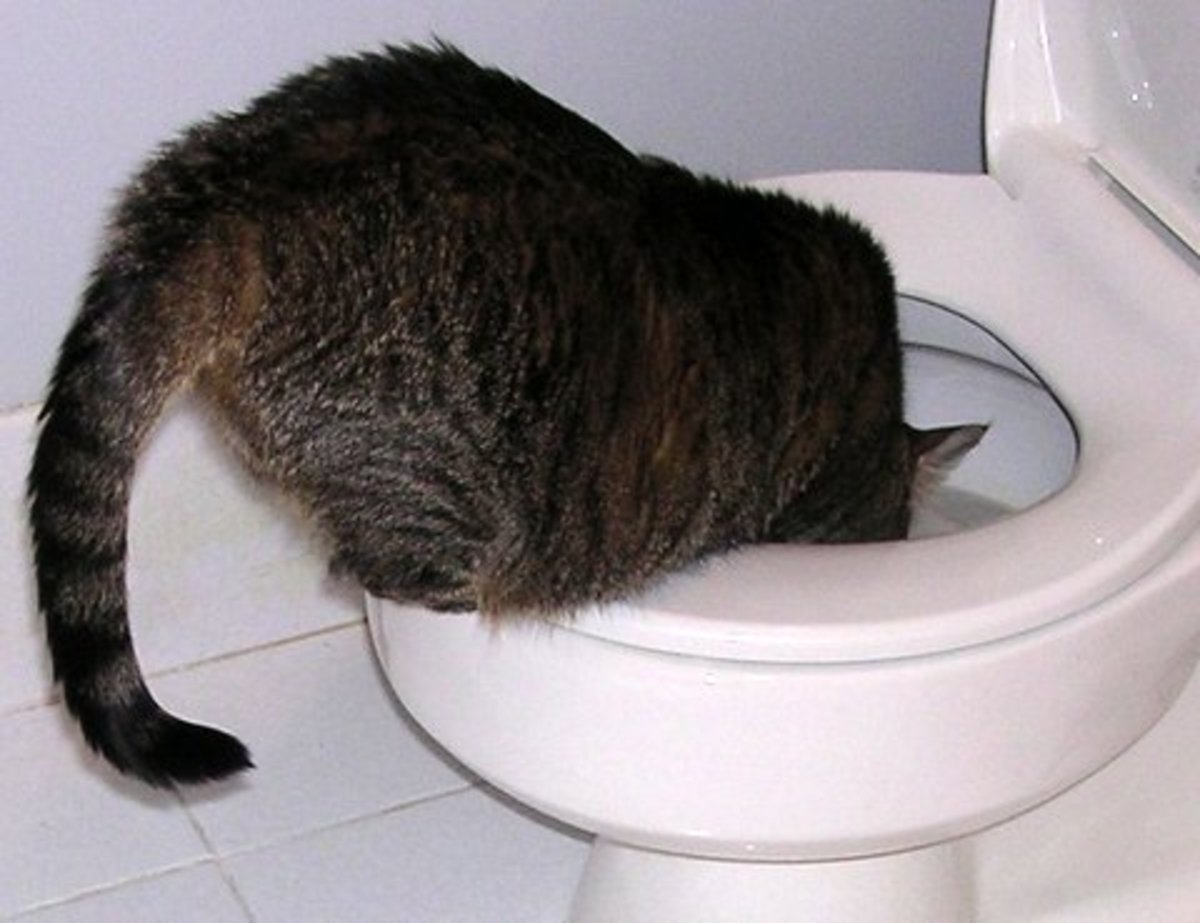Dangers of Disposing Cat Poop in Your Toilet - Preventive Steps
Dangers of Disposing Cat Poop in Your Toilet - Preventive Steps
Blog Article
We've stumbled on this great article pertaining to Don’t flush cat feces down the toilet directly below on the web and concluded it made good sense to share it with you on this page.

Intro
As cat owners, it's important to be mindful of just how we take care of our feline pals' waste. While it may seem hassle-free to flush feline poop down the bathroom, this method can have harmful consequences for both the setting and human health.
Alternatives to Flushing
Fortunately, there are more secure and much more accountable methods to get rid of pet cat poop. Consider the complying with alternatives:
1. Scoop and Dispose in Trash
The most typical technique of throwing away cat poop is to scoop it into a naturally degradable bag and toss it in the trash. Make certain to utilize a specialized clutter inside story and throw away the waste promptly.
2. Usage Biodegradable Litter
Go with biodegradable cat clutter made from products such as corn or wheat. These trashes are environmentally friendly and can be securely taken care of in the garbage.
3. Hide in the Yard
If you have a backyard, think about burying feline waste in a marked location away from veggie yards and water resources. Make sure to dig deep enough to prevent contamination of groundwater.
4. Install a Pet Waste Disposal System
Invest in a family pet garbage disposal system specifically developed for cat waste. These systems use enzymes to break down the waste, decreasing smell and environmental influence.
Wellness Risks
Along with ecological issues, flushing feline waste can also posture health and wellness threats to humans. Pet cat feces may consist of Toxoplasma gondii, a bloodsucker that can trigger toxoplasmosis-- a potentially serious ailment, particularly for pregnant ladies and individuals with weakened body immune systems.
Ecological Impact
Purging pet cat poop presents hazardous microorganisms and parasites right into the water, posturing a substantial threat to water environments. These pollutants can negatively impact aquatic life and concession water quality.
Conclusion
Responsible pet dog ownership prolongs past providing food and shelter-- it likewise includes proper waste monitoring. By refraining from purging feline poop down the commode and selecting alternative disposal techniques, we can decrease our environmental impact and shield human health and wellness.
CAN I FLUSH MY CAT'S POOP DOWN THE TOILET?
Always avoid flushing cat poop down the drain because not only could it potentially contain harmful parasites called toxoplasmosis, the litter could sit in your line and lead to a clog.
Plenty of waste gets flushed down your toilet every day, so what harm could a little cat poop and cat litter do? The answer is a lot, which is why you never want to send it down your drains.
Can I Flush My Cat's Poop Down The Toilet?One of the biggest problems with flushing your cat’s presents is the harmful parasites in your feline’s stool called toxoplasmosis. Extremely dangerous for humans, especially pregnant women and people who are immunocompromised, these parasites can cause a multitude of problems for unborn babies and even cause death or miscarriage if the infection happens early. That’s why you should always avoid touching cat poop. Also, water systems are not equipped to handle toxoplasmosis and are unable to destroy the parasite before it’s sent back into the environment, potentially jeopardizing the health of local area wildlife, specifically marine life.
Flushing cat poop could also lead to a future drain clog. Try as you may to eliminate any litter from it, there will always still be some stuck on there – and even if it says flushable on the label, it’s not! Cat litter is made up of bentonite clay, which has the tendency to harden when wet, creating a thick, almost cement-like quality. Cat litter that ends up down the drain can expand from the moisture in the pipes and then harden, blocking any wastewater. If you have a septic tank or a cesspool, it cannot handle cat litter either, no matter what kind. If it solidifies in the tank, in any of the system’s major parts like the inlet baffle, it’ll create some expensive problems.
The best way to dispose of cat poop safely is to scoop it into a bag and throw it into the trash – and ways of dealing with the smell include adding baking soda and replacing the box more.
Now that we’ve explained the potential harm that flushing cat poop can cause to you and your drains, you might be wondering the best way of dealing with it. Unfortunately, it’s the old-fashioned way of scooping it into a bag and then placing it into a trash can. They also make pet-proof trash cans that lock in the smell, so that you don’t have to always immediately take it out. If you’re tired of smelling the litter box after even just one use from your feline, there’s things you can do to help combat that smell. Adding baking soda to the litter will reduce smells, but just don’t add too much or your cat will no longer want to use the box. You could also replace the box more frequently, at least once a year, as those smells can just seep inside the scratch marks. Lastly, try changing to a new litter formula – some are better with smells than others.

I came across that blog entry about Can You Flush Cat Poo or Litter Down the Toilet? when scouting around the internet. Feel free to take the opportunity to distribute this write-up if you enjoyed it. Many thanks for your time invested reading it.
Book Maintenance Report this page